Stanhopeas are best grown in a wire basket. Those slatted wooden baskets look nice but flower-spikes often hit the slats and don't find their way out. Any compost that gives quick drainage is OK I've seen Stanhopeas grown well in straight Cymbidium compost, in straight sphagnum moss, in fine seedling bark and in various mixtures.
I line the wire baskets with (not too thick) paper bark, but I believe coconut fibre works just as well. There is a temptation, when paper bark tends to break down at the base of the basket, to double up on the thickness of the paper bark. Don't do this. A soggy mess of fertiliser-soaked paper bark stops drainage and rots roots. Chris Arnott's idea of using a square of Gutterguard at the bottom of the basket is good. The Gutterguard mesh is big enough to let the spike come through.
Air movement is very important to Stanhopeas. In Summer, my happiest plants are the ones hanging outside in the frangipani tree. Of the Stanhopeas in the glasshouse, the ones right in front of the fan do best.
Nearly all the Stanhopea species will grow well in Cymbidium conditions in this part of Sydney. This year I took a few plants, which had been grown for years in the glasshouse and grew them right through the Winter outside in a lightly shaded, protected part of the garden. They all loved it. One huge mature plant is now in spike for the first time.
Stanhopeas need high humidity and frequent watering with weak fertiliser in summer. Reduce watering in winter but don't let them dry out.
From November on, watch closely for the first signs of flower spikes. They could show through the paper bark anywhere. Or they could come from the base of a mature bulb and skid across and over the edge of the basket. If a spike is heading towards a wire, bend the wire out of the way.
Stanhopeas aren't usually bothered with pests, but make a point of watering the leaves as well as the compost because dry Stanhopea leaves can attract red spider.
If you photograph a Stanhopea, (perhaps to have it identified) always photograph the flower in exact profile. The profile of the different parts of lip, not just the colour or the spots, identifies the species.
excerpt from The Astonishing Stanhopeas, Barney Greer
